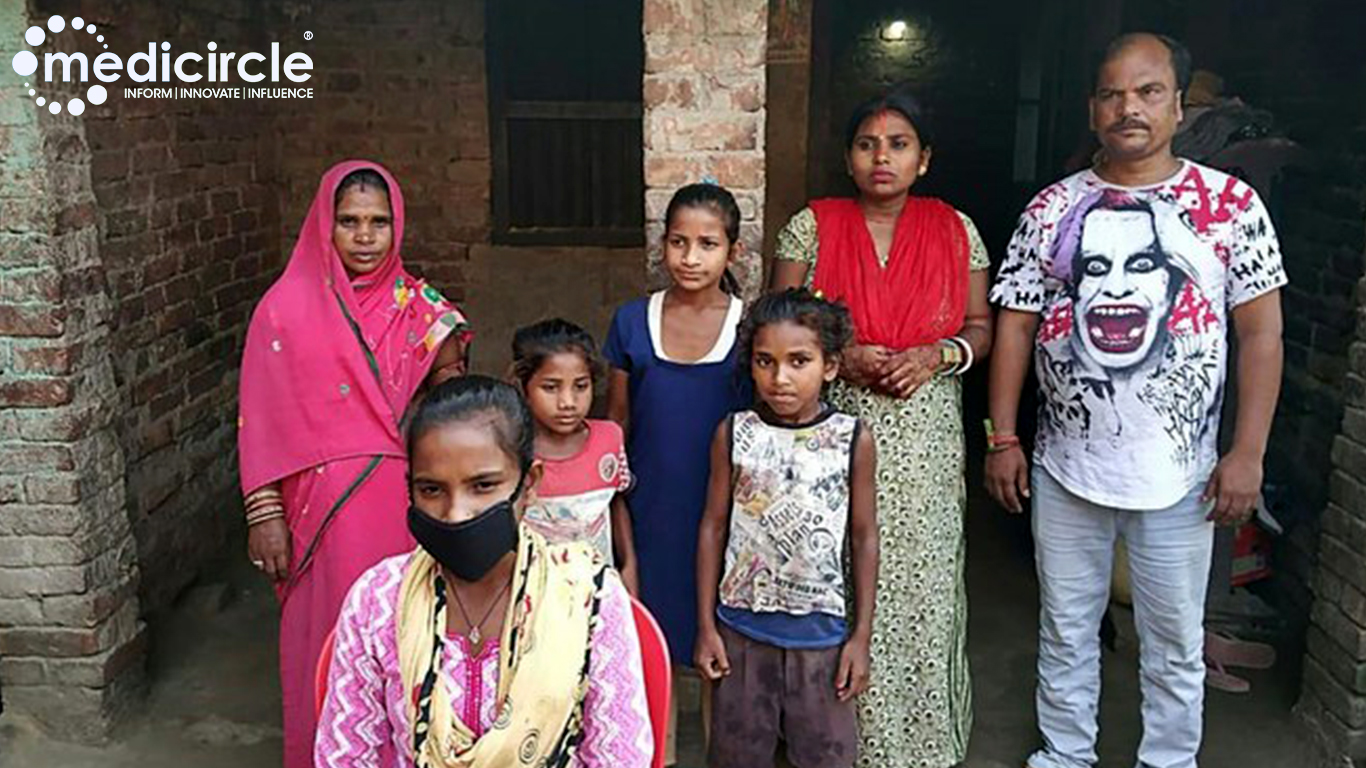Adolescents from less affluent families face significant health challenges, including higher rates of obesity, inactivity, and poor diets. These issues are risk factors for serious health problems such as cancer, cardiovascular disease, and diabetes. A recent report by the World Health Organization (WHO) reveals alarming disparities in the health of young people across Europe, with those from low-income families disproportionately affected.
The Health Disparity Crisis: The Health Behaviour in School-aged Children (HBSC) study, which includes data from 44 European countries, paints a worrying picture of adolescent health. According to the study, one in four teens reported daily consumption of sweets or chocolate. Martin Weber, the WHO Europe programme manager for child and teen health, highlighted a key issue: "The affordability and accessibility of healthy food options are often limited for families with lower incomes, leading to a higher reliance on processed and sugary foods, which can have detrimental effects on adolescent health."
Obesity and Socioeconomic Status: The report found that 27% of teenagers from lower-income families are obese, compared to 18% of their wealthier peers. This disparity expose the urgent need to address the underlying socioeconomic factors contributing to these trends. Adolescents from lower-income families are more likely to consume sugary drinks and less likely to eat fruit and vegetables daily. Specifically, only 32% of teens from low-income families eat fruit daily, compared to 46% of those from higher-income families. Similarly, 32% of low-income teens eat vegetables daily, compared to 54% of their wealthier peers.
The Vicious Cycle of Disadvantage: Hans Kluge, director of the WHO European region, noted that these socioeconomic disparities in adolescent health behaviors contribute to a "vicious cycle of disadvantage." He explained, "Children from less affluent families are more likely to experience adverse health outcomes, which can hinder their educational attainment, employment prospects, and overall quality of life. This perpetuates social inequalities and limits opportunities for upward social mobility."
Policy Recommendations: In addition to the usual recommendations of regular physical activity and better eating habits, the WHO calls for more policies targeting social inequality. These policies should aim to improve the overall health of adolescents, particularly those from low-income families. Some of the suggested measures include:
1. Quality Physical Education: Ensuring that schools provide quality physical education to all students can help promote regular physical activity and healthy lifestyles from a young age.
2. Promotion of Healthy Behaviors: Grassroots sports clubs can play a crucial role in promoting healthy behaviors. These clubs can provide affordable and accessible opportunities for physical activity.
3. Mandatory Front-of-Pack Labels: Implementing mandatory front-of-pack labels can guide healthy food intake by providing clear information about the nutritional content of food products.
4. Restrictions on Marketing Unhealthy Foods: To protect children from aggressive marketing of unhealthy foods, restrictions on advertising such products to children should be enforced.
The Bigger Picture: The WHO European region, which comprises 53 countries in Europe and central Asia, is facing a significant public health challenge. The findings of the HBSC study highlight the need for urgent action to address the health disparities among adolescents from different socioeconomic backgrounds.
The Role of Governments and Communities: Governments and communities play a vital role in addressing these health disparities. By implementing policies that target social inequality and promote healthy behaviors, they can help create a healthier environment for all adolescents. This includes investing in public health initiatives, supporting community-based programs, and ensuring that all children have access to healthy food options and opportunities for physical activity.
The Importance of Education: Education is a crucial factor in improving adolescent health. Schools can play a significant role by incorporating health education into their curricula. This can help students understand the importance of a balanced diet, regular physical activity, and other healthy behaviors. Additionally, schools can provide healthy meal options and create an environment that encourages physical activity.
The Impact of Social Inequality on Health: Social inequality has a profound impact on health outcomes. Children from less affluent families are more likely to face barriers to accessing healthy food and opportunities for physical activity. Addressing these barriers is essential to improving the health and well-being of all adolescents. This requires a comprehensive approach that includes policy changes, community support, and education.
The Need for Comprehensive Solutions: To effectively address the health disparities among adolescents, comprehensive solutions are needed. This includes policies that address the root causes of social inequality, such as poverty and lack of access to education and healthcare. Additionally, community-based programs that provide support and resources to low-income families can help improve health outcomes.
Parents and caregivers also play a critical role in promoting healthy behaviors among adolescents. By providing healthy food options and encouraging physical activity, they can help their children develop healthy habits that will last a lifetime. Additionally, parents and caregivers can advocate for policies and programs that support the health and well-being of their children.
The Future of Adolescent Health: The findings of the WHO report highlight the urgent need for action to address the health disparities among adolescents. By implementing policies that promote healthy behaviors and address social inequality, we can create a healthier future for all young people. This requires a collaborative effort from governments, communities, schools, parents, and caregivers.
In conclusion, the health disparities among adolescents from different socioeconomic backgrounds in Europe are a significant public health concern. The findings of the WHO report showcases the urgent need for action to address these disparities. By implementing comprehensive solutions that promote healthy behaviors and address social inequality, we can improve the health and well-being of all adolescents. This requires a collaborative effort from all sectors of society, including governments, communities, schools, parents, and caregivers. The future of adolescent health depends on our collective efforts to create a healthier and more equitable environment for all young people.

 Addressing these barriers is essential to improving the health and well-being of all adolescents. This requires a comprehensive approach that includes policy changes, community support, and education.
Addressing these barriers is essential to improving the health and well-being of all adolescents. This requires a comprehensive approach that includes policy changes, community support, and education.










.jpeg)

.jpeg)
.jpeg)

.jpeg)


.jpeg)



.jpeg)
.jpeg)
.jpeg)


.jpg)


.jpeg)
.jpeg)